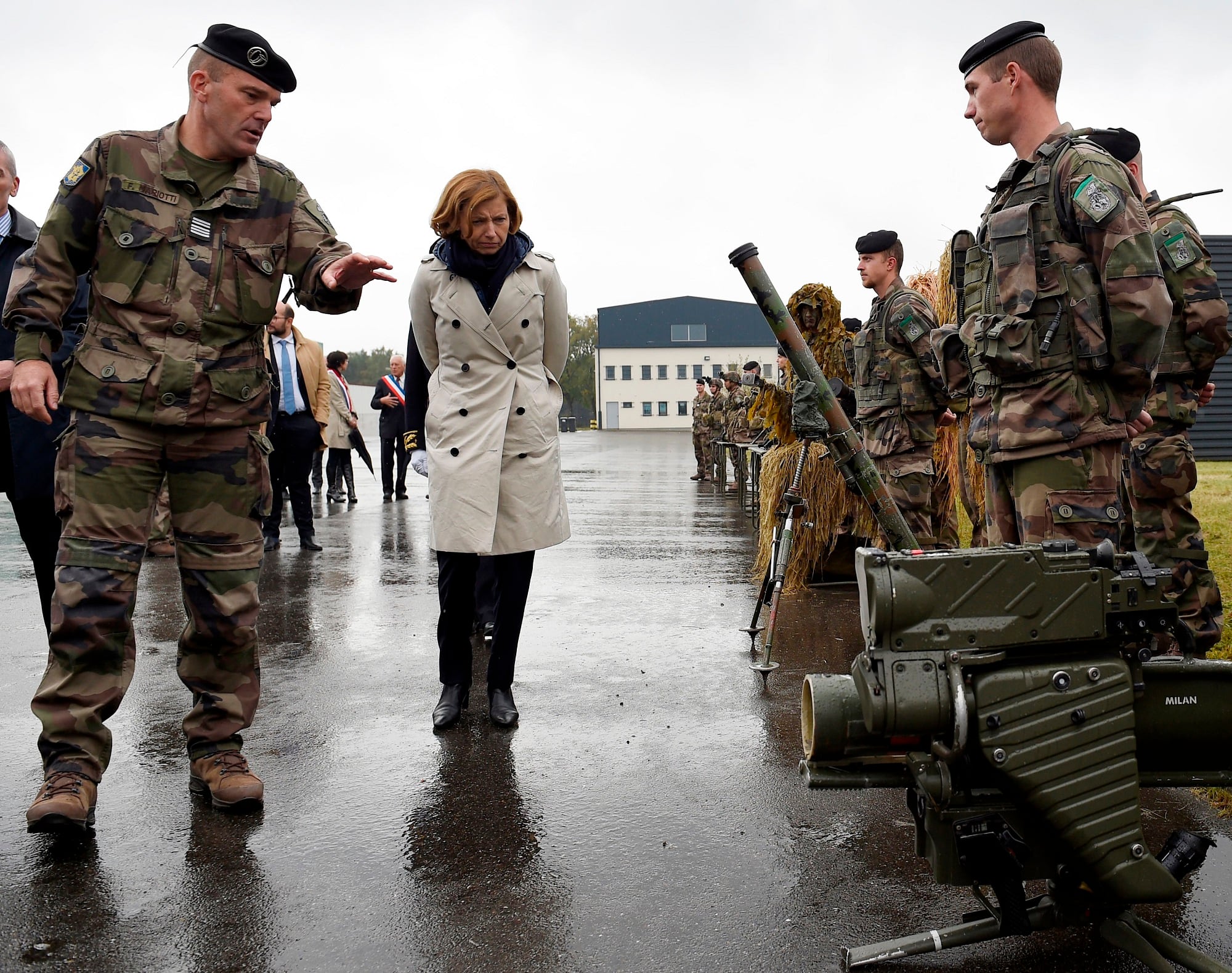PARIS — The first Forum for Innovation in Defense opened its doors for three days in Paris on Nov. 22 to exhibit 160 innovations with defense and civil applications.
The event was the first showcase for the new French Agency for Innovation in Defense, headed by Emmanuel Chiva. The agency is part of the DGA procurement arm but has its own €1.2 billion ($1.86 billion) budget to detect innovative ideas and accelerate their transfer into the defense ministry. Created on Sept. 1, 2018, the outfit will be fully operational by Jan. 1, 2019.
The projects on display were grouped into seven sectors: Tomorrow’s spy; Tomorrow’s war; Innovating for every day; Towards the invisibility cape; Innovating for the human; Beyond the horizon and the Defense Innovation Agency. They ranged from a bionic leg to a wearable air-bag, from an invisibility cape to the automatic analysis of images.
Among the slew of innovations, here are five noteworthy technologies:
The 100-year old, family-held company Proteor won the event competition with its version of a bionic leg. Eric Archambeaud, the company’s industrial director, called the prosthetic system “disruptive” in a brief interview with Defense News. “There is no equivalent in the world because it allows above-the-knee amputees to have a knee, feet and ankles which, for the first time, are all integrated.” The system, almost ready to market, is powered by batteries which last a week, rechargeable with a USB plug.
RELATED

A technology named Cameleon renders a vehicle “hard to see” in both the visible and infrared spectra. Developed by Nexter, the French branch of the Franco-German KNDS vehicle systems group, the system connects tiles in a network piloted by a computer linked to a camera which films the surrounding landscape. The computer analyzes and decomposes the images to generate onto the tiles colors and textures that resemble the actual surroundings. Eric Petitpas, the program manager, explained “that the computer will be capable of deep learning to perfect the system.” Currently at Technical Readiness Level (TRL) 4, the aim is to reach a market-ready level 7 by 2025 or 2026.
Earth Cube, a 30-person startup founded by Renaud Allioux and Arnaud Guerin in 2016, uses the latest advances in medical imagery and artificial intelligence and applies them to automatically classify objects, detect changes and analyze scenes. The objective is to offload the drudge work for image analysts by only offering images which feature whatever it is the analyst is looking for: tanks, combat aircraft, a new building, for example.
RXR Protect, a three-person enterprise, has developed a wearable airbag that looks a bit like bubble wrap to be worn under a bullet-proof vest. “The idea is to dissipate the bullet’s kinetic energy which can cause the wearer severe injury despite the bullet not penetrating the vest,” explains David Schuller, the company’s CEO. A prototype will be presented to the DGA next April.
The Defense Health Service is interested in the so-called MedPack, which has won its inventor and developer Samuel Mercier, a nurse with the Paris military fire-brigade, several prizes. Already used by some Parisian first responders, the 8 kg MedPack takes five seconds to open on its tripod revealing a complete medical kit for treating patients.
Christina Mackenzie was the France correspondent for Defense News.








